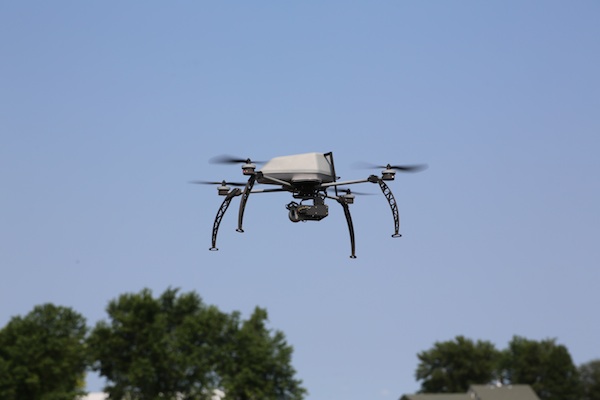
G2F Genomes to Fields
When Pat Schnable and his colleagues finished sequencing the corn genome in 2009 it turned out to be just the start for plant geneticists. Having the “blueprint” of the corn plant showed what genes are there, but scientists didn’t always know what most genes did.
“It wasn’t a sufficient end goal for what society or what the corn growers of Iowa and the world needed,” he says. “They really want to understand how to convert that blueprint into actionable items for out in the field.”
That’s the idea behind the Genomes to Fields (G2F) initiative he is co-leading with Natalia de Leon, an agronomist at the University of Wisconsin.
Schnable is a C.F. Curtiss Distinguished Professor, Iowa Corn Endowed Chair in Genetics and Baker Scholar of Agricultural Entrepreneurship at Iowa State.
Schnable also serves as director of the Plant Sciences Institute and the Center for Plant Genomics.
G2F seeks to understand the role of the corn genotype and how it interacts with the environment well enough so scientists can actually predict how the plants will grow and develop. The concept is called predictive phenomics.
It is data-driven research that collects a lot of information and looks for interesting patterns, he says, instead of testing a hypothesis.
The key is having hundreds of varieties of corn growing in dozens of environments and monitoring the plants’ characteristics while they develop. Researchers are hoping to automate that process. Last year, they photographed hundreds of hybrids with computerized cameras every 10 minutes at 24 locations across the country. Schnable and his team hope to implement the technology in the G2F project in the future.
“This allows us to watch plants go through their development, and because each genotype is different we can look at the differences in the phenotypes, or their characteristics,” he says.
Accurate models of phenotypes would improve the ability to select the best plants for plant breeding programs, Schnable says. If breeders can do a better job predicting, then they can focus on the best lines and don’t have to field test these lines in so many environments— the expensive and time consuming part of plant breeding.
“That means you should do a better job of finding the winners,” he says.
And farmers could benefit directly from the discoveries.
“If we understand this really well, we can give farmers evidence-based recommendations—which varieties to grow, in which fields and under what management conditions,” Schnable says.
Another benefit of the project has been the collaboration of a creative mix of disciplines, from agronomy to engineering to statistics.
“Iowa State has always been at the forefront of these interdisciplinary, multi- disciplinary collaborations, but in the last few years the scale of that on campus has increased,” he says. “The multi-state aspect of the Genomes to Fields Initiative brings a new dimension to this research.”



